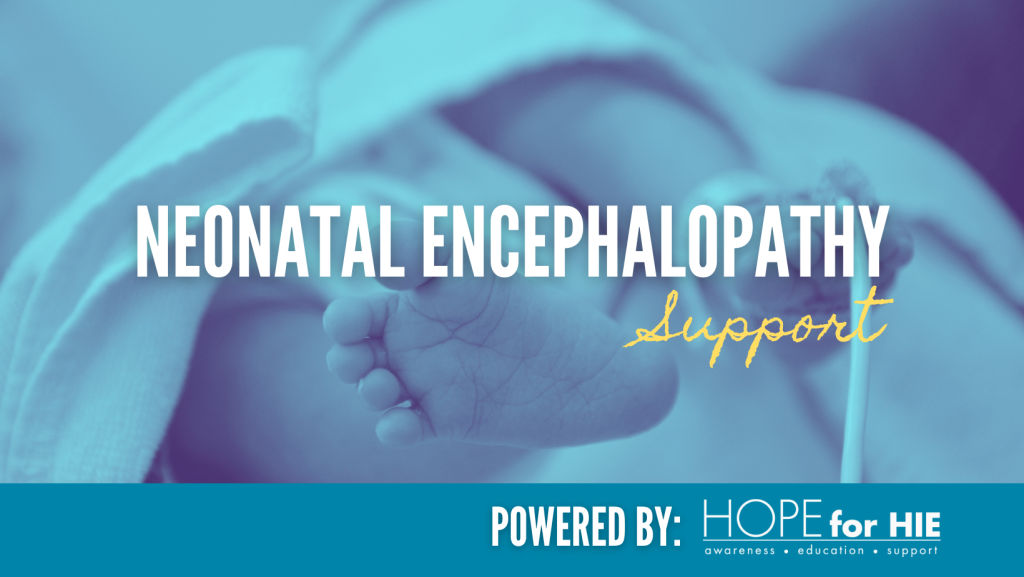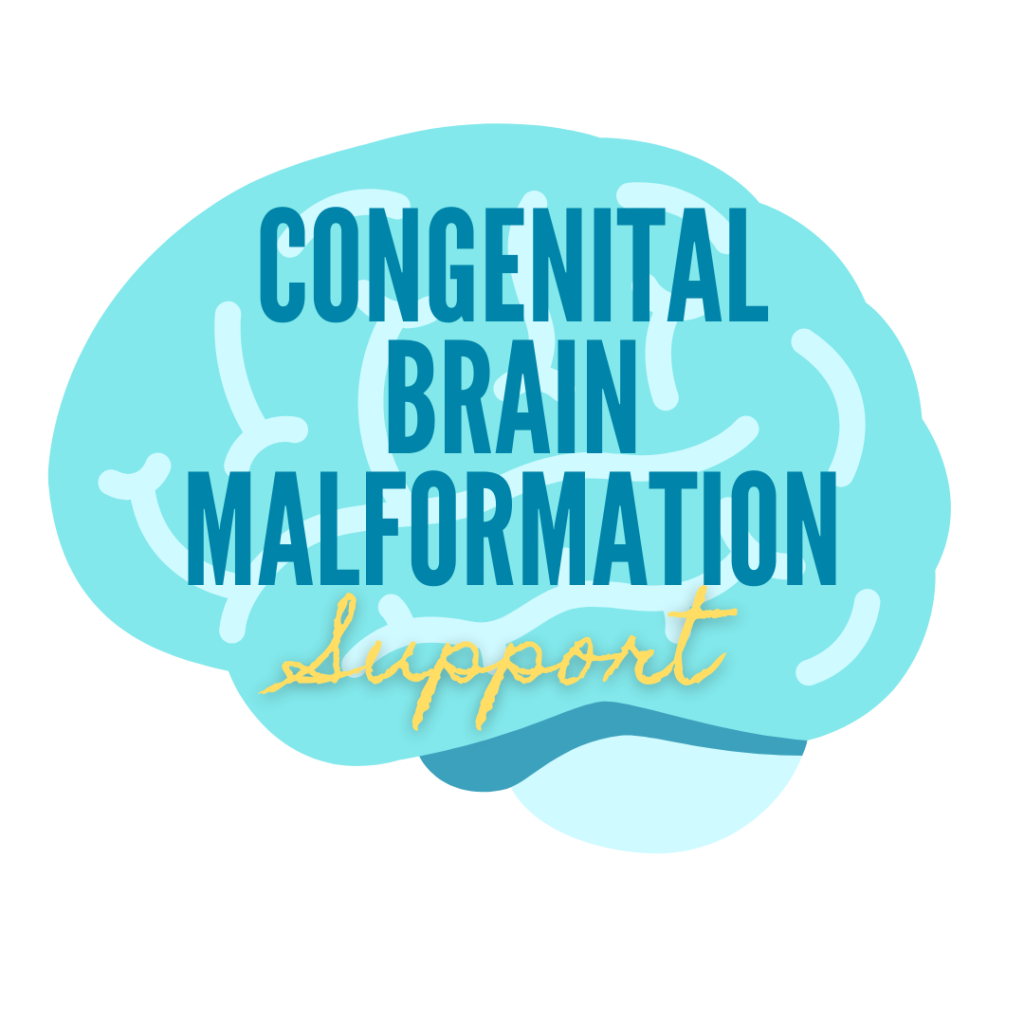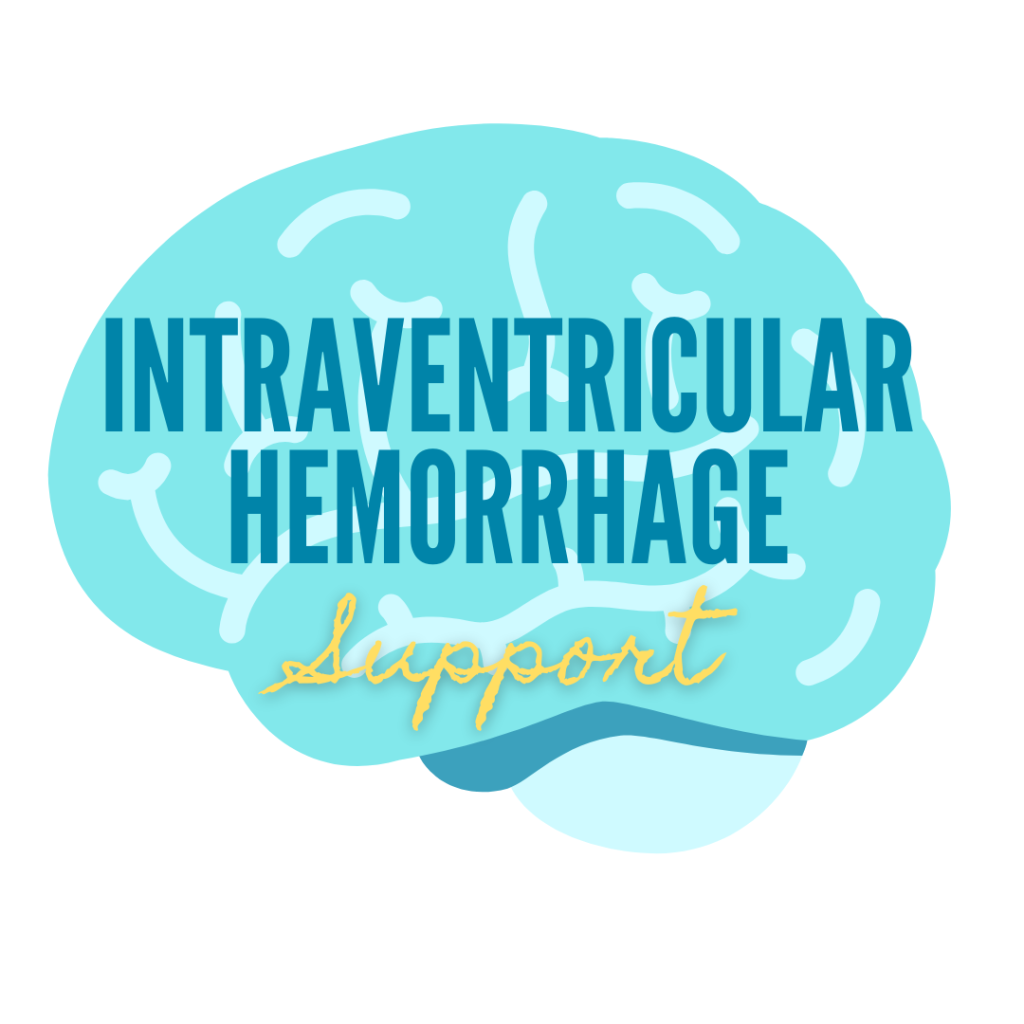Neonatal Encephalopathy is an umbrella diagnosis given to babies shortly after birth who have neurological dysfunction at birth that may require additional interventions, support, medications and tests. Other terms sometimes used include perinatal depression, birth asphyxia, & perinatal asphyxia.
Hope for HIE strongly advocates for clinicians to determine the accurate etiological diagnosis of what type of NE has occurred, and communicate it as soon as possible, and as clearly as possible, to families.
There are many types of Neonatal Encephalopathy. These can include:
HIE can co-exist with other causes of Neonatal Encephalopathy, and sometimes getting an accurate diagnosis can be difficult because of the complexity and outside factors such as potential medico-legal involvement, or the fear of it from health system risk management professionals despite preventable NE & HIE being quite low.
It is an ethical imperative to communicate known and accurate diagnoses with families.
Signs of neonatal encephalopathy can already be picked up soon after birth, for example during the baby’s Apgar test done by medical staff one minute and five minutes after they’re born. This test measures the infant’s:
Another test which may help to detect neonatal encephalopathy looks at acid levels in the baby’s blood in their first hours of life (lactic acidosis). In the womb, ischemia (lack of blood flow) can prevent the placenta from removing waste products such as carbon dioxide and will increase acidity levels in the body, including in the blood.
Thank you to PremStem for the use of this content.
A baby with mild neonatal encephalopathy may have trouble feeding, cry excessively, be irritable, or appear rigid. In moderate and severe cases of neonatal encephalopathy a baby may have seizures, have trouble breathing or staying conscious and be slow to react (have poor reflexes). They may physically look blue in colour and appear to be floppy (lacking muscle tone).
Thank you to PremStem for the use of this content.
Hypoxic-ischemic encephalopathy is the only type of neonatal encephalopathy that has an approved treatment, which is to cool the baby’s body down using hypothermia or cooling therapy. Babies suffering from hypoxia may seem like they’re doing fine for several hours after birth – this is because in this time of stress, the individual cells of the brain are using all their energy reserves to survive.
Thank you to PremStem for the use of this content.

We are dedicated to ensuring families get connected to appropriate support, no matter what the cause of Neonatal Encephalopathy may be.
For general inquiries into support outside of HIE with neurological conditions, we recommend contacting the Child Neurology Foundation.
Hope for HIE is also a member of the CONNECT Neurology Social Services Network through CNF & can help refer families out for support, too.
Hypoxic Ischemic Encephalopathy

You are at Hope for HIE – the worldwide leader in patient-family support and advocacy for neonatal and pediatric-acquired HIE. Head over to our support page to get connected with our programs & services.
Genetic Resources

If a specific genetic condition is the cause of your child’s NE, you are a time where there are more connections and support for genetic-based conditions than every before. Be sure to check out the resources.
Global Genes has a patient-family support concierge who can help connect you.
And, we recommend if you find yourself on a rare genetic journey to tap into the Once Upon a Gene podcast, hosted by Effie Parks.
Metabolic Disorders

If a metabolic disorder of the inborn is the cause, there are many support organizations to connect into. Many of these can be corrected when identified and treated early. The Society for Inherited Metabolic Disorders has an excellent list of organizations to connect into.
Neonatal Stroke

Yes, babies can have strokes. HIE is considered a diffused brain injury, and stroke is consider a localized type of brain injury. Sometimes they can co-occur. But, if not, there are specific supports for neonatal stroke available:
Maternal & Perinatal Infections

There are several types of viruses and bacteria that can cause Neonatal Encephalopathy, and many families find connecting into support for those causes that have support resources very beneficial:
Congenital Brain Malformations

There are many types of congenital brain malformations that can present as Neonatal Encephalopathy and impact brain function. There is specific support for differential diagnoses:
Intraventricular Hemorrhage

Intraventricular Hemorrhage (IVH) is a type of brain injury caused by a brain bleed, most common in premature infants. These types of brain bleeds are graded on a scale of I-IV.
Connect with families, read inspiring stories, and get helpful resources delivered right to your inbox.